The Age of Enlightenment and the Birth of Liberalism
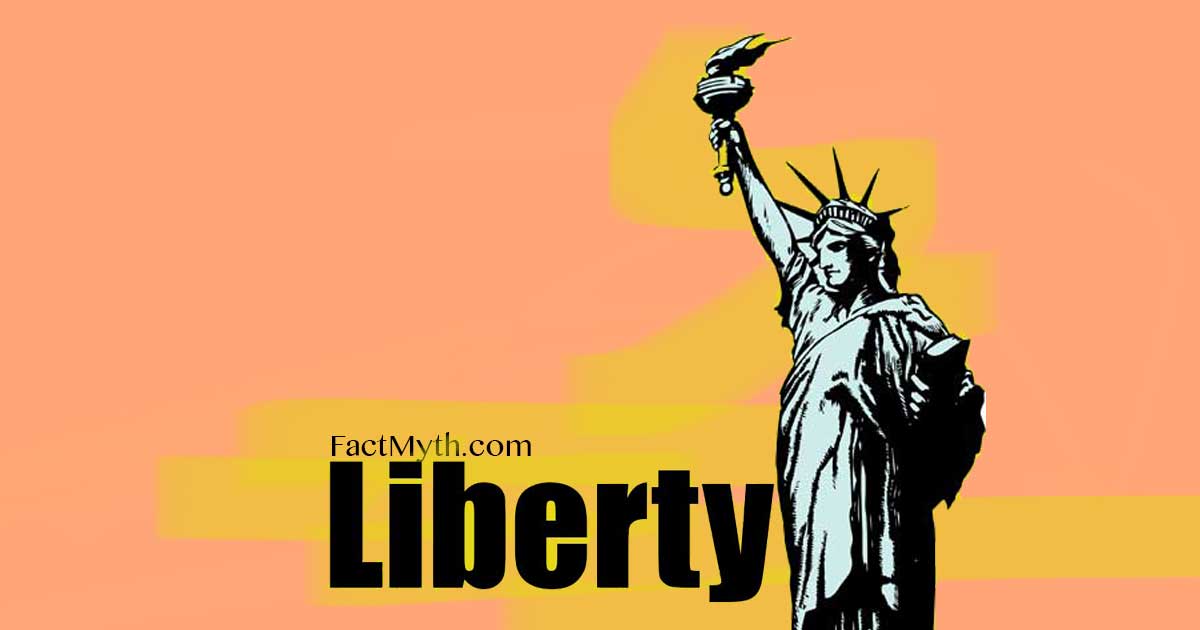
Classical liberalism arose in opposition to state-imposed religion and aristocracy in the 1600 – 1700’s during the Age of Enlightenment in Europe and America.
Economics is the social science that studies the production, distribution, trade, and consumption of goods and services. Economics uses a mix of psychology, mathematics, experiment, and analysis to predict and understand economies.

Classical liberalism arose in opposition to state-imposed religion and aristocracy in the 1600 – 1700’s during the Age of Enlightenment in Europe and America.

America’s economic system meets the definition of capitalism, but not pure free market capitalism. America has a mixed-market economy.
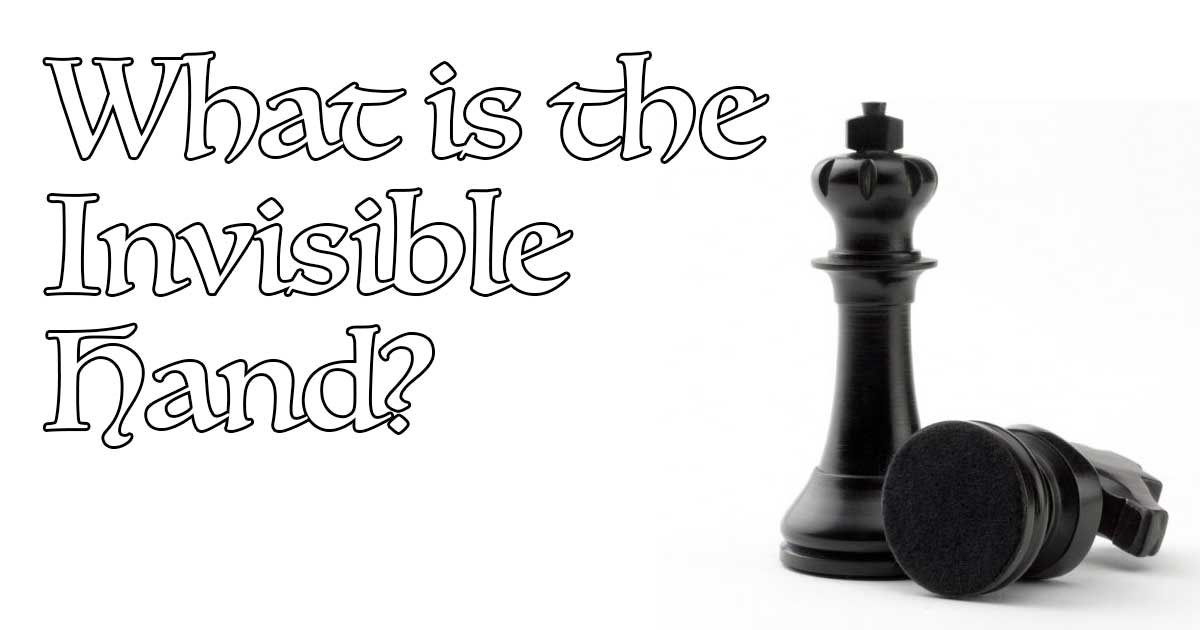
“The invisible hand” is a term used by Adam Smith to describe the theory that self-interest leads to social and economic benefits in a free-market.
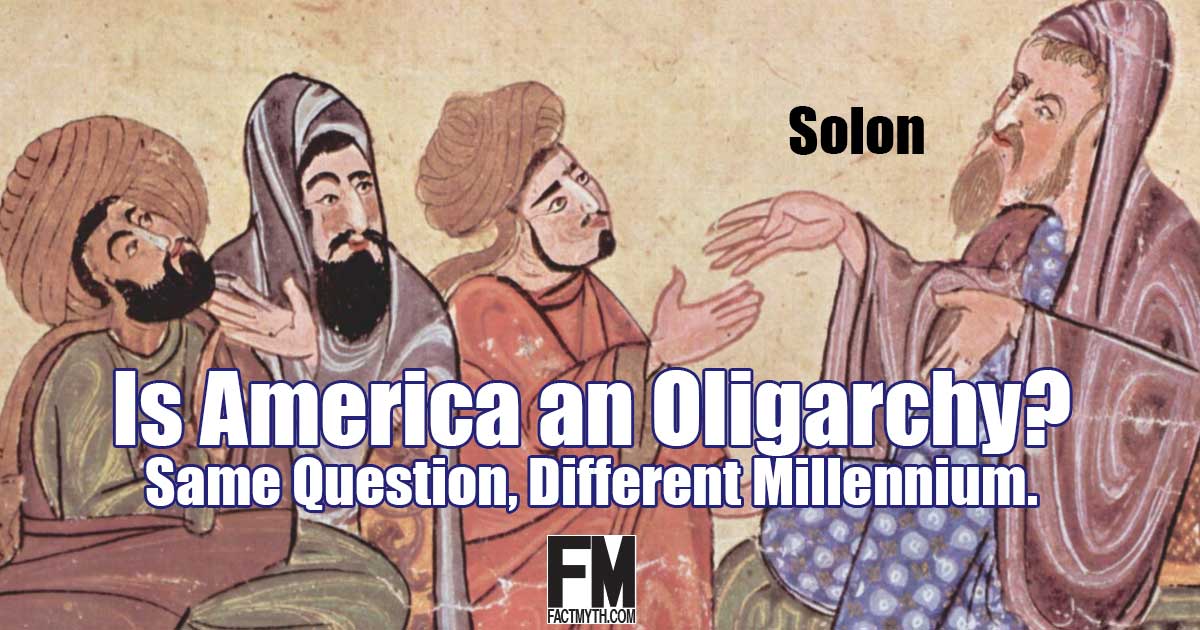
The United States is a Federal Republic with democratic values that some claim contains a growing oligarchy (or corporatocracy). We look at those claims.

A progressive tax (those who make more pay more) is generally “more fair” than a flat tax (everyone pays the same rate).
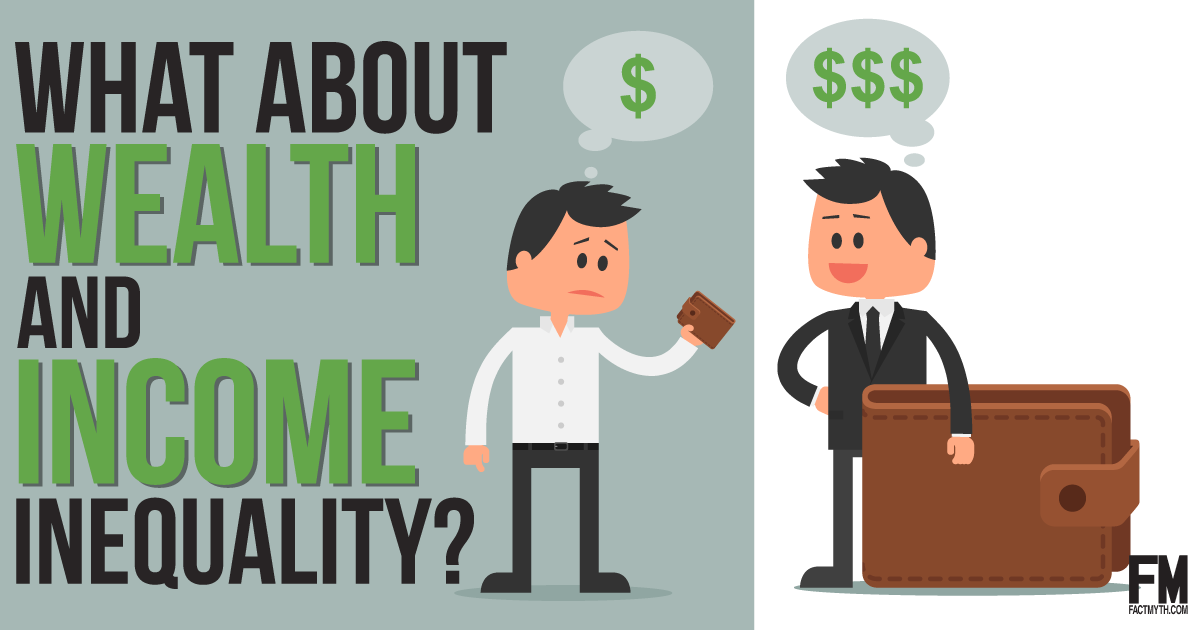
We explain economic inequality from a historical perspective, and then consider the effects of wealth inequality and income inequality in America today.
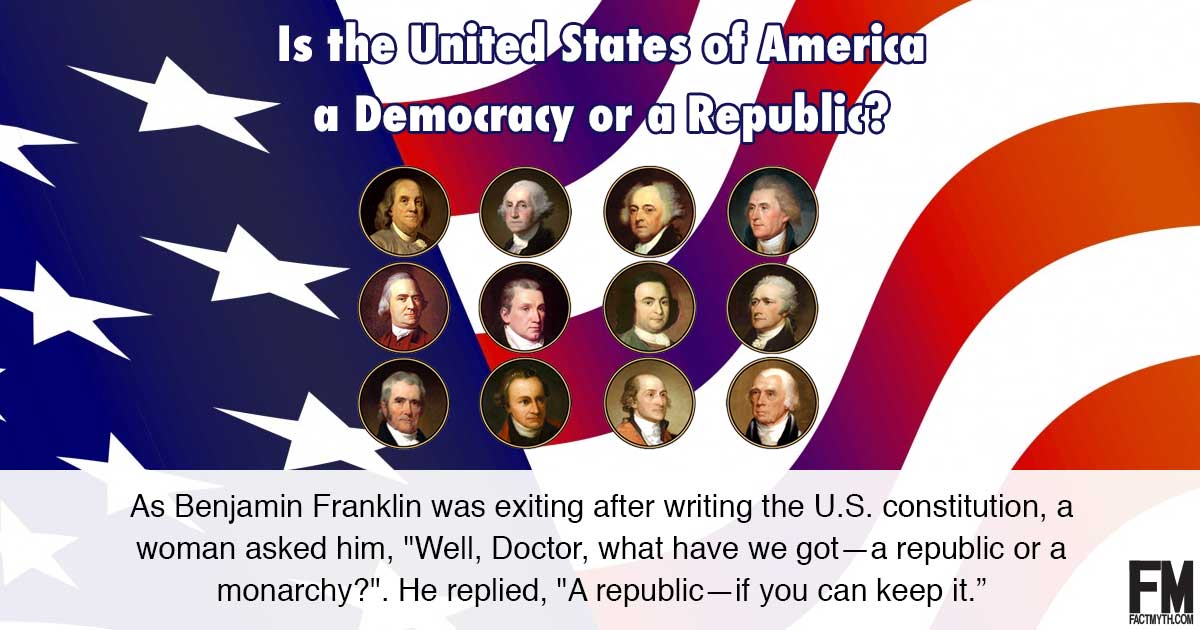
The United States is both a Republic and a Democracy. Specifically, the United States is a Constitutional FederalRepublic with a strong Democratic tradition and many democratic elements especially on a local level. Despite the democratic elements and traditions, the U.S. is not however a “Direct Democracy” (where people vote on laws directly*).
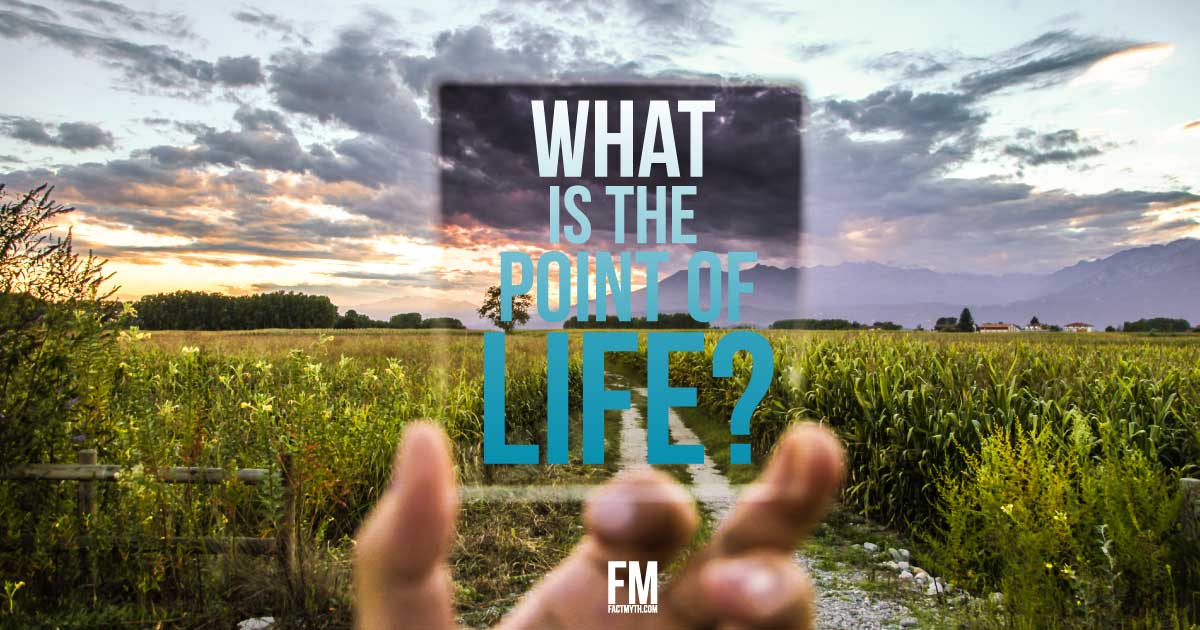
We present a discussion on “the meaning of life as happiness,”the Greatest Happiness Theory,” “the Good Life,”the Pursuit of Happiness,” and Virtue Theory.

Adam Smith can be considered the father of modern economics due to his influential works which explore the mechanics of morality, markets, and capitalism in an industrialized society.

On average, those with more money save more, in both the short-term and long-term, while those with less money spend more and extend themselves on credit.